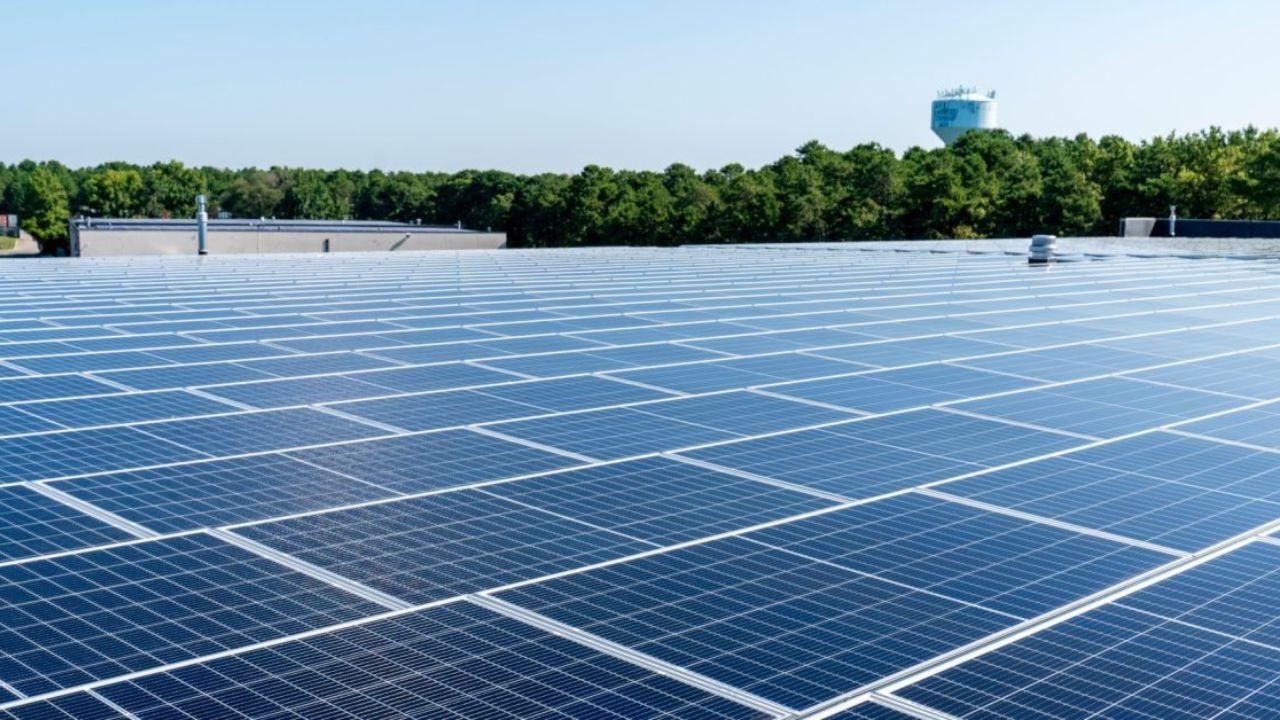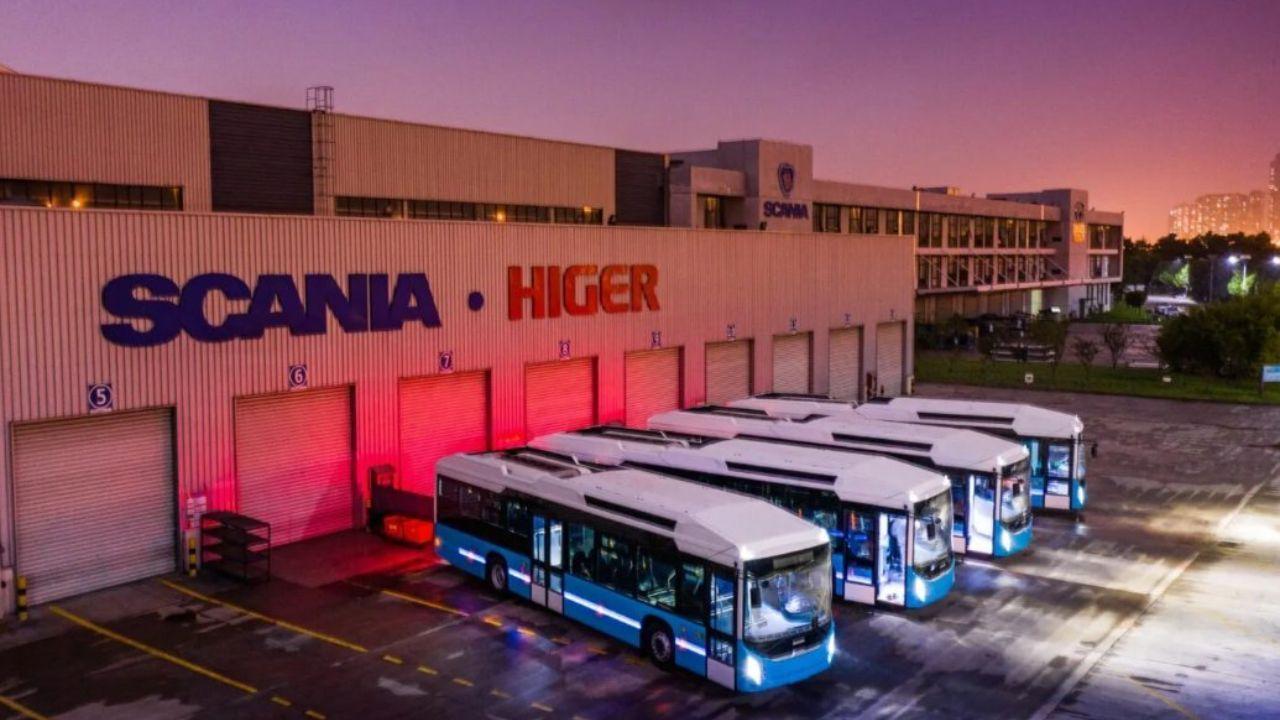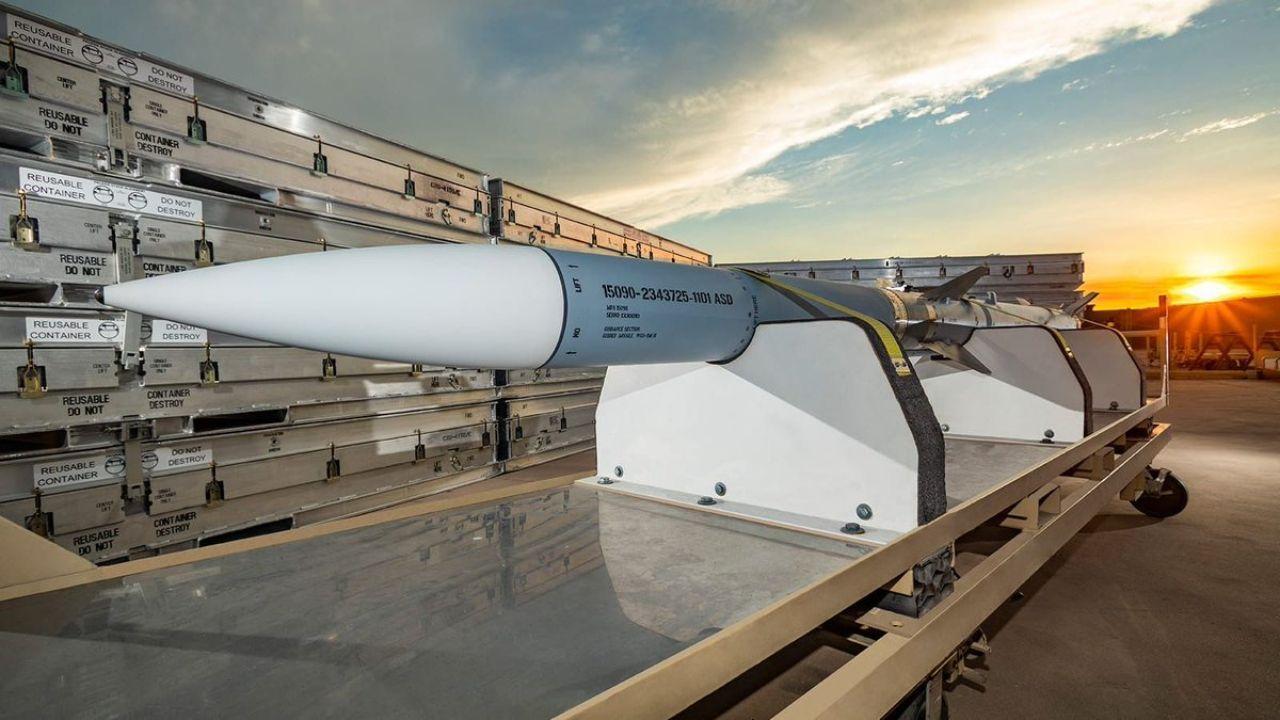
Post by : Avinab Raana
Photo : X / Electrek.co
Solar Growth Shines Bright Amid Unrest
In the first half of 2025, the U.S. solar fleet expanded by a breathtaking 18 gigawatts, making solar and storage nearly 82 percent of all new grid capacity. For a moment, it seemed the energy transition was unstoppable. Yet beneath the sunshine, troubling clouds are gathering—threatening as much as 55 gigawatts of planned solar capacity. Today, the industry's rapid ascent confronts mounting policy hurdles that may reshape America's clean energy future.
A Surging Start Undermined by Policy
The solar industry’s early-year momentum is an inspiring story of innovation and investment. But just as deployment was ramping up, sweeping new measures emerged—chief among them controversial solar permitting changes and provisions in a sweeping bill known as HR 1. Together, they could curb solar growth by up to 21 percent compared to prior forecasts, jeopardizing both national climate goals and economic gains.
The Backbone of Clean Energy at Risk
Solar and energy storage are pillars of America’s clean energy framework—not just as emission-free alternatives, but as primary drivers of grid expansion. The recent moves, some deliberate and others procedural, have abruptly disrupted confidence. For families, businesses, and rural communities investing in solar, the new policies aren’t just red tape—they’re threats to energy affordability and grid reliability.
States Stepping Up, Politics Pulling Back
Ironically, the states championing solar growth this year are largely those that voted red in 2024—including Texas, Indiana, Arizona, and Florida. Despite the political divergence, on-the-ground deployment continued fueled by strong demand and manufacturing momentum. But now, federal-level actions cast a long shadow over this patchwork of state-level progress.
Wall of Permitting Stalls 44 GW Projects
Policy shifts at the Department of the Interior are particularly concerning. New permitting procedures may delay or kill a massive pipeline of solar proposals—up to 44 gigawatts worth. States like Arizona, California, and Nevada could be hit hardest. In these sun-drenched regions, growth isn’t just ambition—it’s essential. Now, bureaucratic gridlocks risk turning potential into stagnation.
Jobs, Bills, and Market Momentum Threading Through Risks
The ripple effects extend beyond kilowatts. Solar installations support hundreds of thousands of green jobs; delays risk not only livelihoods, but also falling tax revenue and local investment. For ratepayers, setbacks translate to higher bills and fewer resilient energy options. This isn’t a distant policy tweak—it’s a live wire affecting communities nationwide.
Manufacturing’s Pause Amid Uncertainty
Domestic solar module manufacturing ramped impressively in early 2025, adding 13 gigawatts of capacity across states like Texas and Minnesota. But by Q2, as uncertainty settled in, investment cooled. Manufacturers reporting boardrooms are reconsidering expansion plans—proof that policy clarity is as critical as sunlight in powering this industry forward.
Solar Growth and the Broader Energy Transition
American leaders have made clear claims of winning the race in energy transition—but solar’s true strength depends on policy that supports deployment, not undermines it. If current warning signs become reality, the U.S. risks losing ground to competitors in AI, advanced manufacturing, and clean infrastructure—advantages solar once bolstered.
Steering Toward Stability in an Uncertain Climate
Removing regulatory friction—from streamlining approvals to safeguarding bankable permitting—could restore confidence. Industry groups urge policymakers to revisit recent changes, warning of widespread economic decline if stalled projects become the norm. The industry’s trajectory hinges now on whether political winds shift back in favor of energy growth.
A Moment That Demands Leadership
Solar’s rise this year was more than a capacity story—it was a symbol of resilience and innovation. Reversing this progress isn’t just backwards—it’s shortsighted. Stakeholders from local energy boards to White House leadership now face a defining choice: protect policy that empowers clean energy or stand by as uncertainty dims solar’s promise.
A Crossroad for Clean Energy
America’s solar upsurge was written in progress—18 GW laid down in six months, jobs created, carbon emissions abated, communities empowered. Yet the current freeze on policy support threatens to rewrite that storyline. The question isn’t just how we build solar—it’s if we choose to. The fate of the energy transition may well rest on whether decision-makers treat this moment as a speed bump—or a closing door.
Solar growth, Energy transition, Clean energy










Vande Bharat Passenger’s Spitting Incident Sparks Nationwide Debate
A passenger spitting on the Vande Bharat Express floor sparks online debate on civic sense cleanline

OnTrac Introduces Ground Essentials Service for Affordable and Reliable Shipping
OnTrac launches Ground Essentials a new service offering cost-effective parcel delivery with up to 3

Breeze Airways Earns Five-Star Status as North America's Top Airline
Breeze Airways achieves a five-star rating marking it as North America's leading major airline for 2

Royal Enfield Cuts Prices on 350cc Bikes After GST Rate Reduction
Royal Enfield reduces prices on 350cc motorcycles from September 22, 2025, following GST rate cuts,

Viva ACP Boosts Bus Safety with Strong Lightweight Aluminium Panels
Viva ACP’s panels make buses safer lighter and stronger—saving energy and protecting passengers with

Steelpaint’s Stelcatec Coating Gets UK Rail Approval
Steelpaint’s Stelcatec coating approved by UK Network Rail for durable, fast, and effective protecti